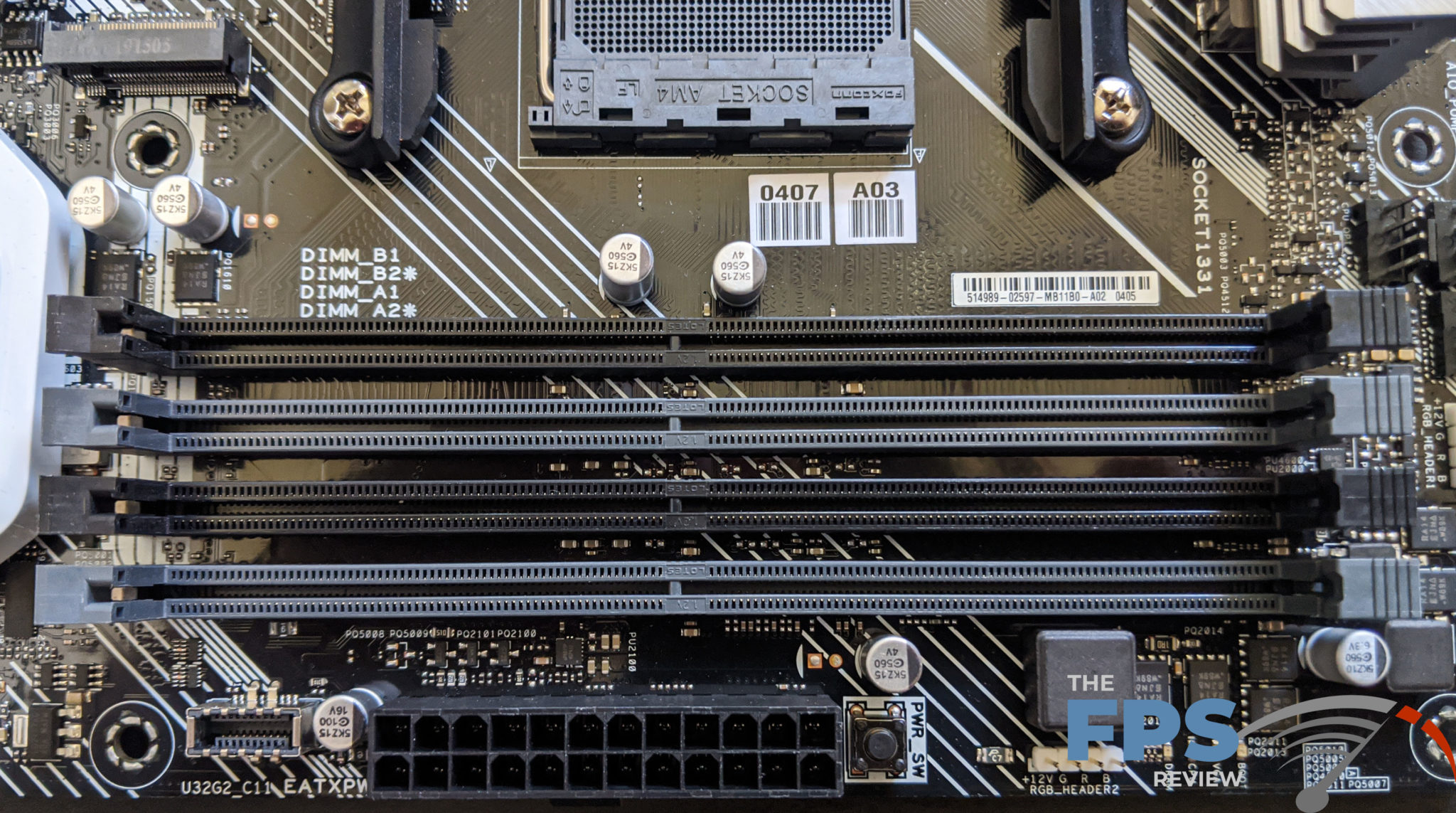

If using a dual-channel memory configuration, make sure that the RAM in both slots of the bank match each other. There should be a label on the RAM that will have its speed, type, and size printed on it. In that case, smaller single sided DIMMs will be best used on socket 1 while double sided larger ones on the second one. Most computers at the time of this revision use DDR-4 memory modules, but double-check to make sure. This can also be related to how DIMMs are internally constructed (single sided vs double sided). So by the time you want to upgrade, 2GB DIMMs will be largely available and you could put 3x2GB DIMMs for the second CPUs socket. But in time, larger memory modules are manufactured. In time, you want to upgrade and add the other CPU and RAM for it. Let's say you got on the board initially 6x1GB DIMMs. Note: in the case on socket 1 what that actually means is that you need to have DIMM pairs in order to use those channels.Ī possible logic for this is upgrading in time. While this apparently makes no sense, it actually means that each CPU socket has the same number of channels, meaning that for socket 1 you can use 2 smaller size (N GB) DIMMs and for socket 2 one larger size (Nx2 GB) DIMM and get the same amount of RAM. O One DIMM slot on each channel of processor socket 2. O Two DIMM slots on each channel of processor socket 1.


 0 kommentar(er)
0 kommentar(er)
